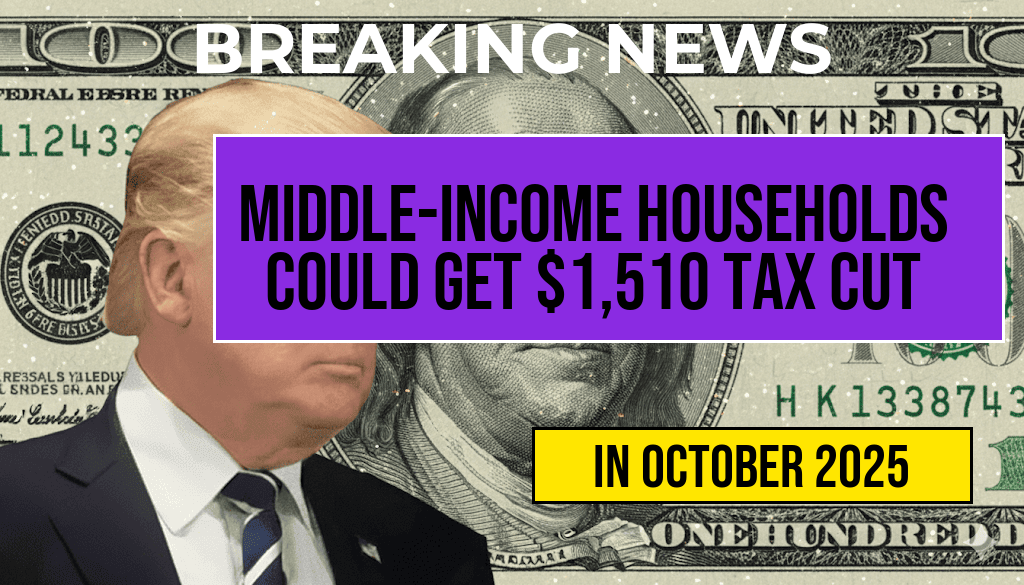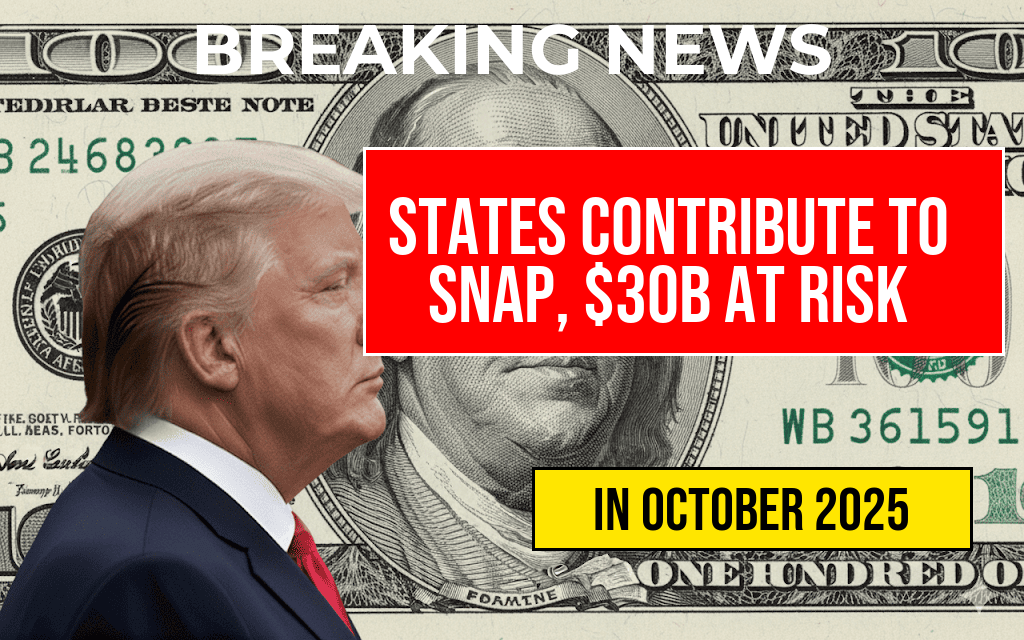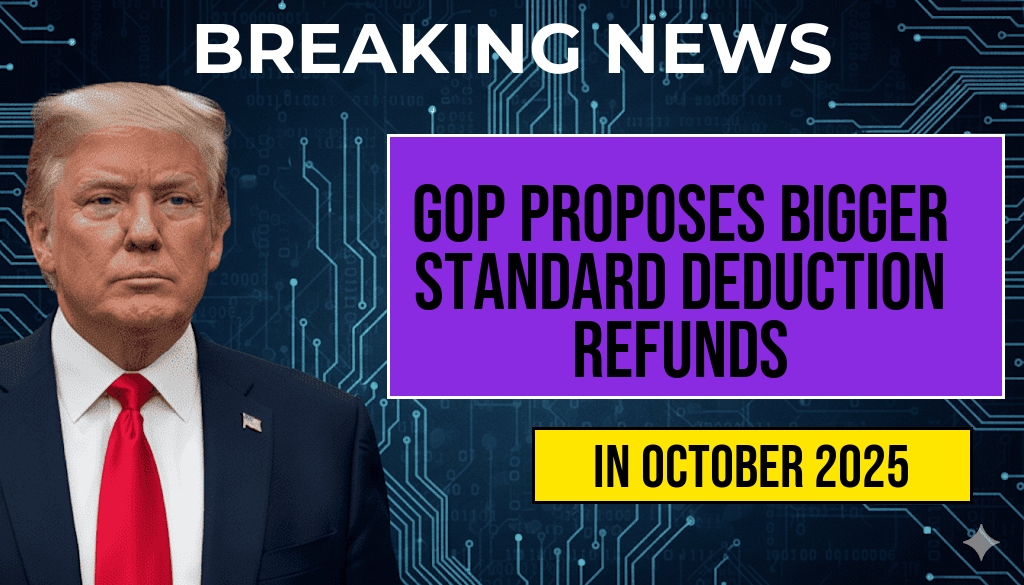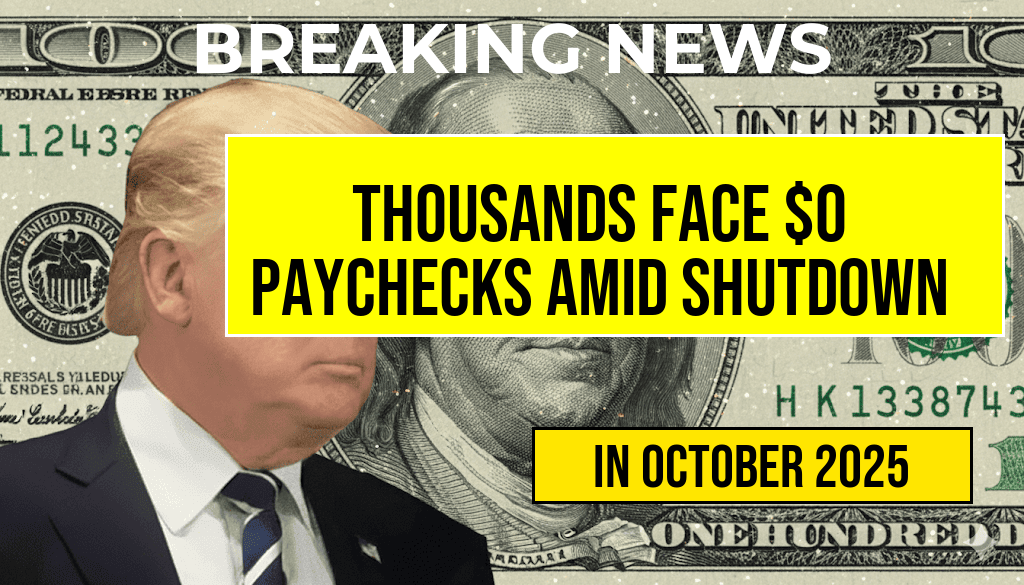As part of ongoing efforts to provide financial relief amid rising costs, the federal government is proposing a new tax reform plan that could benefit middle-income households significantly. According to the latest estimates, the average tax cut for these households is projected to be around $1,510. This initiative aims to alleviate some of the economic pressures faced by families, especially in the wake of inflation and increased living expenses. The plan is expected to impact millions of Americans, making it a pivotal element of the upcoming budget discussions. Lawmakers are optimistic that these cuts will stimulate consumer spending and bolster economic growth while aiming to maintain fiscal responsibility.
Details of the Proposed Tax Cuts
The proposed tax cuts are designed to target households earning between $50,000 and $100,000 annually. These families often find themselves in a financial squeeze, managing day-to-day expenses while trying to save for future needs. The tax reform aims to provide relief by reducing the tax burden on this demographic, thus offering them more disposable income.
Specific Changes in Tax Structure
- Increased Standard Deduction: The standard deduction may be increased, allowing families to benefit from a larger tax-free income threshold.
- Expanded Child Tax Credits: Families with children could see an increase in child tax credits, providing further financial relief.
- Adjustments to Tax Brackets: Modifications to the tax brackets are also on the table, which could lower the effective tax rate for middle-income earners.
Economic Implications
The proposed tax cuts are expected to have several positive effects on the economy. By increasing the disposable income of middle-income families, the government aims to stimulate consumer spending, which is a critical driver of economic growth. Analysts predict that this influx of spending could help sustain businesses and create jobs, ultimately contributing to a more robust economic recovery.
Potential Challenges
While the proposal is largely seen as beneficial, it is not without its challenges. Critics argue that substantial tax cuts could lead to increased budget deficits, potentially hampering the government’s ability to invest in essential services and infrastructure. Furthermore, there is concern about how these cuts will be funded, with some lawmakers advocating for higher taxes on wealthier individuals to balance the budgetary impact.
Public Response and Political Landscape
Public response to the proposed tax cuts has been mixed. Many middle-income families welcome the relief, especially those struggling with rising costs. However, some fiscal conservatives express concern over the long-term implications of increased government spending. The political landscape surrounding this proposal is complex, with both parties vying for support from constituents as they navigate budget negotiations.
What’s Next?
As lawmakers prepare to debate these proposed changes, the focus will be on garnering bipartisan support to ensure the plan’s success. A crucial aspect will be the upcoming budget hearings, where the details of the tax cuts will be scrutinized. Advocates for middle-income families are pushing for swift action, emphasizing the need for immediate relief.
Conclusion
The potential for an average tax cut of $1,510 for middle-income households represents a significant shift in fiscal policy aimed at addressing economic challenges. As discussions unfold, the outcome will be pivotal in shaping the financial landscape for millions of Americans. Stakeholders from various sectors will be closely monitoring the developments, as the decisions made in the coming weeks will have lasting implications.
| Household Income Range | Average Tax Cut |
|---|---|
| $50,000 – $75,000 | $1,200 |
| $75,000 – $100,000 | $1,800 |
| Overall Average | $1,510 |
For more information on recent tax reforms, visit Wikipedia or read the latest analysis on Forbes.
Frequently Asked Questions
What is the average tax cut expected for middle-income households?
The average tax cut for middle-income households is projected to be around $1,510.
Who qualifies as a middle-income household?
A middle-income household typically refers to families whose income falls within a specified range, usually defined by government guidelines or statistical analysis of income distribution.
How will the tax cut impact disposable income for families?
The tax cut will increase the disposable income for families, allowing them to have more funds available for savings, spending, or investment.
When will the tax cuts take effect?
The tax cuts are expected to take effect during the upcoming tax year, pending final legislative approval and implementation.
Are there any eligibility requirements to receive the tax cut?
Yes, eligibility for the tax cut may depend on factors such as income level, family size, and other financial criteria set by the government.













